Art About Wars and Social Issues In Israel
More About The Specific Wars and Social Issues In Ednah’s Art
View Ednah’s Art About Israeli Politics Social Issues and War | Learn about Effects Of War And The Holocaust On Jewish and Israeli Artists
This page offers an in-depth exploration of the pivotal events and social issues captured in the powerful paintings of Ednah Sarah Schwartz. As a Jewish Israeli artist, Ednah channels the intense realities of war, the Holocaust, and terrorist attacks through her art, giving voice to the complex emotions that emerge from these experiences. Her works serve as both historical documentation and emotional expression, highlighting the enduring impact of violence and loss on individuals and communities.
Here, we’ll examine the events that inspired her, from the collective trauma of the Holocaust to the painful immediacy of terror incidents in Israel, as well as the broader themes of resilience, identity, and memory that resonate throughout her body of work. Each painting is a vivid testament to the strength and suffering of those who lived through these times, inviting viewers to witness and reflect on the stories embedded in the brushstrokes.
“The Good Fence”
“The Good Fence” was a term used to describe a section of the Israel-Lebanon border near Metula, Israel, where civilians and military personnel could cross during a period of relatively stable relations between Israel and Christian-controlled parts of southern Lebanon. Established in 1976, the Good Fence allowed Lebanese villagers, particularly those in need of medical care or employment, to enter Israel for services. It also facilitated the flow of humanitarian aid and goods from Israel into Lebanon. The crossing point at Metula symbolized a unique moment of cooperation and mutual benefit despite ongoing regional tensions.

This arrangement continued for over two decades, even as broader hostilities persisted between Israel and various Lebanese factions. However, it ended in May 2000 when Israel withdrew from southern Lebanon, where it had maintained a presence as a buffer against Hezbollah and other militant groups. After Israel’s withdrawal, Hezbollah quickly took control of the area, rendering the Good Fence obsolete. Rising hostilities between Israel and Hezbollah made the border too dangerous to maintain as an open crossing point, and the Good Fence was subsequently closed.
“The Grapes of Wrath”
Operation “Grapes of Wrath” was a military operation conducted by the Israel Defense Forces (IDF) in southern Lebanon from April 11 to April 27, 1996. The operation aimed to respond to the ongoing attacks by Hezbollah and other militant groups on northern Israel, particularly rocket fire targeting Israeli civilians.
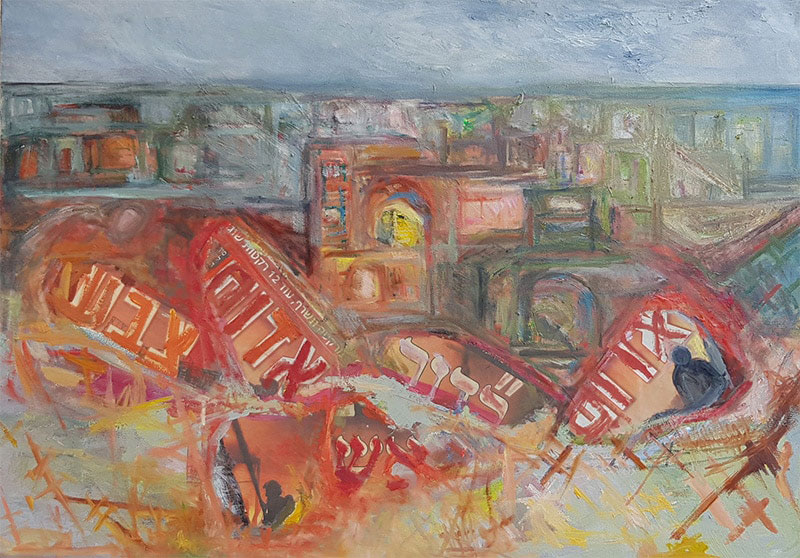
The operation was characterized by intense artillery bombardment and airstrikes in southern Lebanon, with the IDF targeting Hezbollah positions, infrastructure, and associated civilian areas believed to be used for military purposes. The operation was notable for the high civilian casualties that resulted from the military actions, which included a significant event where over 100 civilians were killed in a United Nations compound in Qana, leading to widespread condemnation and calls for accountability.
The operation aimed to deter Hezbollah’s attacks and restore a sense of security to northern Israel. However, it also raised substantial humanitarian concerns and led to protests against Israeli military tactics. Ultimately, Operation Grapes of Wrath ended with a ceasefire brokered by the United States, which called for both sides to halt hostilities and respect the sovereignty of Lebanon. The operation marked a significant chapter in the complex and often violent relationship between Israel and Hezbollah, shaping future interactions and conflicts in the region.
“The Palestinian Intifada”
The Palestinian Intifada, which means “uprising” in Arabic, refers to two significant periods of Palestinian resistance against Israeli occupation in the West Bank and Gaza Strip.
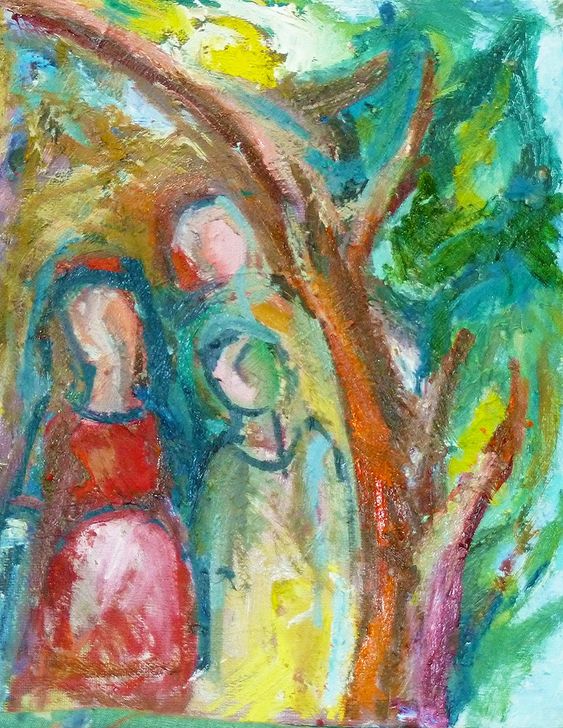
First Intifada (1987-1993): This uprising began in December 1987 and lasted until the signing of the Oslo Accords in 1993. It was characterized by widespread protests, civil disobedience, and violent confrontations between Palestinian civilians and Israeli security forces. The Intifada emerged in response to longstanding frustrations over Israeli military rule, settlement expansion, and social and economic inequalities faced by Palestinians. It involved various forms of resistance, including demonstrations, strikes, and the use of stones and Molotov cocktails against Israeli forces. The First Intifada significantly raised international awareness of the Palestinian struggle and led to increased calls for a peaceful resolution to the Israeli-Palestinian conflict.
Second Intifada (2000-2005): Also known as the Al-Aqsa Intifada, this uprising erupted in September 2000, triggered by a visit by then-opposition leader Ariel Sharon to the Temple Mount, a site of religious significance for both Jews and Muslims. The Second Intifada was marked by a shift towards more violent confrontations, including armed resistance, suicide bombings, and military responses by the Israeli Defense Forces. This period saw a significant escalation in violence and casualties on both sides, leading to a deterioration of relations between Israelis and Palestinians and a hardening of positions. The Second Intifada officially ended around 2005, but its effects are still felt today in the ongoing conflict.
Both Intifadas were pivotal in shaping the dynamics of the Israeli-Palestinian conflict, influencing political discourse, and affecting the lives of millions of people in the region.
The Syrian Civil War
The Syrian Civil War is a multi-faceted conflict that began in March 2011, originating from the broader wave of protests known as the Arab Spring. Initially, it started as a peaceful uprising against the regime of President Bashar al-Assad, driven by demands for political reform, greater freedoms, and an end to government repression.
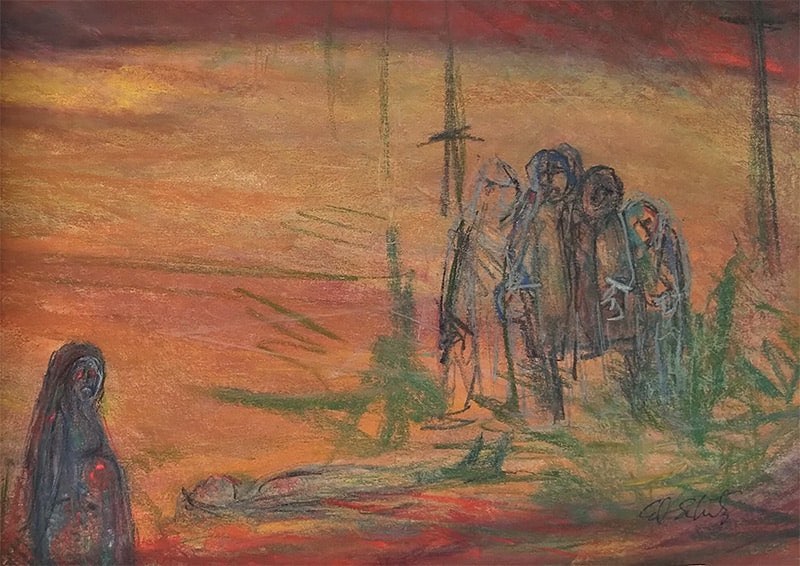
The government’s violent response to these protests, including the use of force against demonstrators, escalated tensions and led to armed rebellion.
Key Phases and Developments:
- Escalation into Armed Conflict (2011-2012): As protests intensified and the government cracked down on dissent, various opposition groups began to form, including the Free Syrian Army (FSA). By mid-2011, the situation had deteriorated into a full-blown civil war, with widespread fighting across the country.
- Fragmentation of the Opposition: The conflict saw the emergence of numerous armed groups, including Islamist factions like Jabhat al-Nusra (now known as Hay’at Tahrir al-Sham) and ISIS (Islamic State of Iraq and Syria). This fragmentation complicated the opposition landscape, making it difficult to present a united front against the Assad regime.
- Regional and International Involvement: The war attracted significant foreign intervention. Iran and Russia supported the Assad regime with military aid and resources, while various countries, including the United States, Turkey, and Gulf states, provided support to opposition groups. The conflict became a proxy battleground for regional and international powers, further complicating efforts for resolution.
- Humanitarian Crisis: The war has led to a catastrophic humanitarian situation, with hundreds of thousands of people killed and millions displaced. As of 2023, it is estimated that over 6.5 million Syrians are internally displaced, while another 5.6 million have sought refuge in other countries.
- Decline of Opposition Control: Over the years, the Assad regime has regained control of significant territories, aided by Russian air support and Iranian ground forces. By 2020, the regime had consolidated its power in many areas, although pockets of opposition and conflict remained.
- Current Status: While active fighting has diminished in some areas, sporadic violence and clashes continue. Efforts at peace negotiations have seen limited success, and the country remains fragmented with various factions controlling different regions. The humanitarian crisis persists, with millions in need of assistance.
The Syrian Civil War is characterized by its complexity, involving ethnic, sectarian, and geopolitical dimensions. Its consequences have reshaped the region, leading to significant political and social ramifications that will likely affect Syria and its neighbors for years to come.
Art About Peace With The Arabs, Palestinians and Neighboring Arab Countries
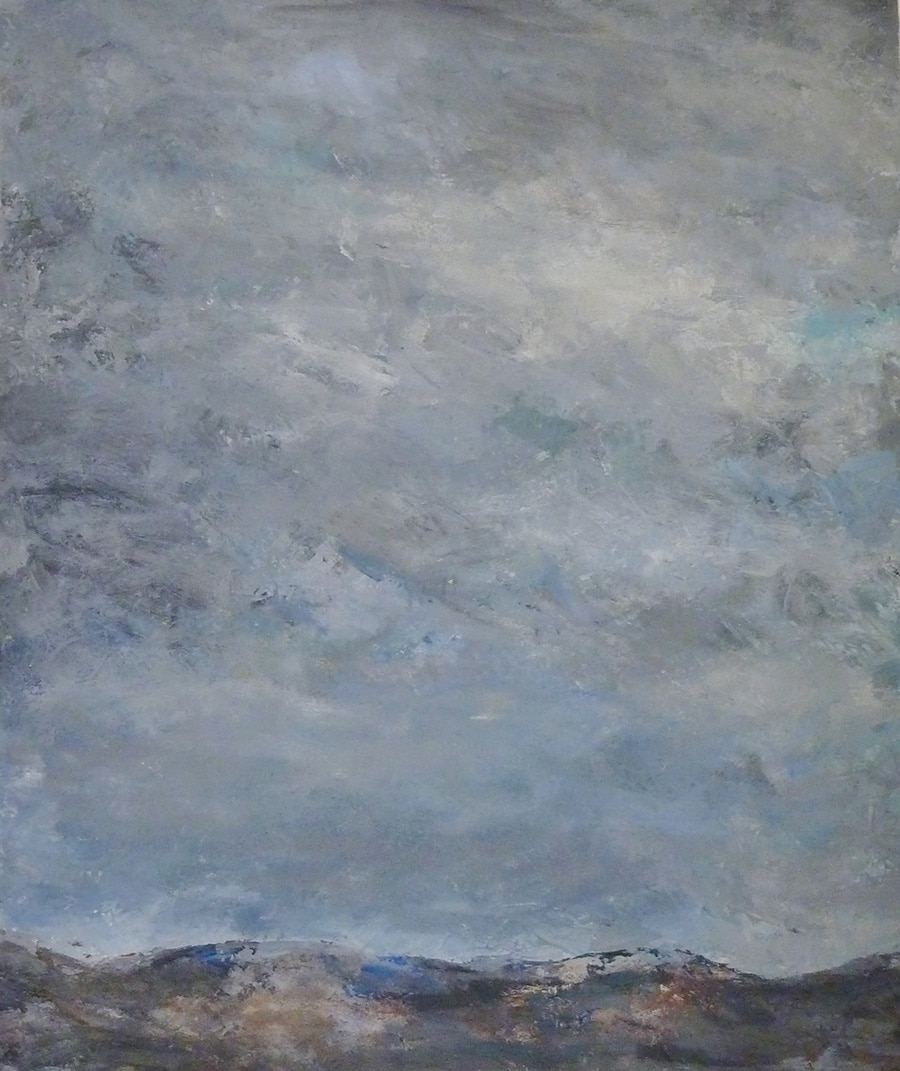
Ednah Sarah Schwartz’s art often serves as a profound reflection of her deep longing for peace and coexistence between Israelis and Palestinians. Through her evocative paintings, she explores the complex emotions tied to the Israeli-Palestinian conflict, emphasizing the human desire for understanding, compassion, and harmony amidst turmoil.
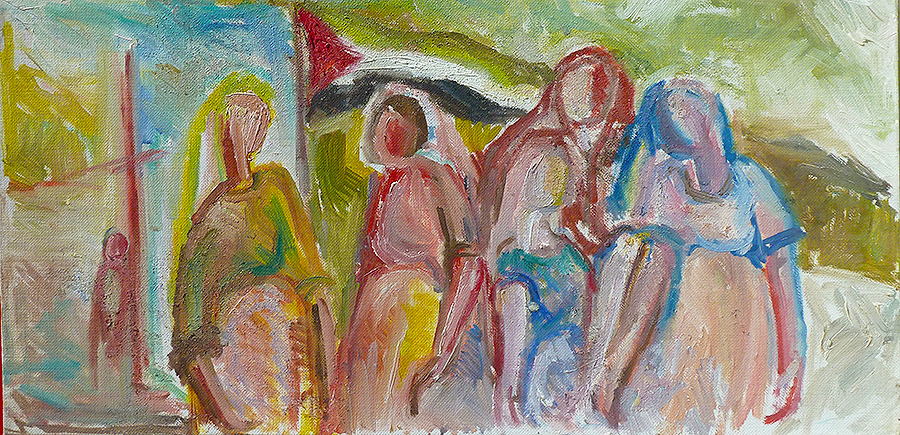
In her works, Ednah captures the juxtaposition of conflict and hope, portraying the shared humanity that transcends political boundaries. Her art invites viewers to engage with the narratives of both peoples, urging a dialogue that acknowledges pain while also envisioning a future built on mutual respect and reconciliation.

In addition to her focus on the Israeli-Palestinian relationship, Ednah also expresses a deep desire for peace with Lebanon, recognizing the shared history and struggles that connect these neighboring communities. Her art reflects the yearning for a dialogue that can heal the wounds inflicted by war and division, emphasizing the need for understanding and empathy to bridge the gaps between Israelis and Lebanese.
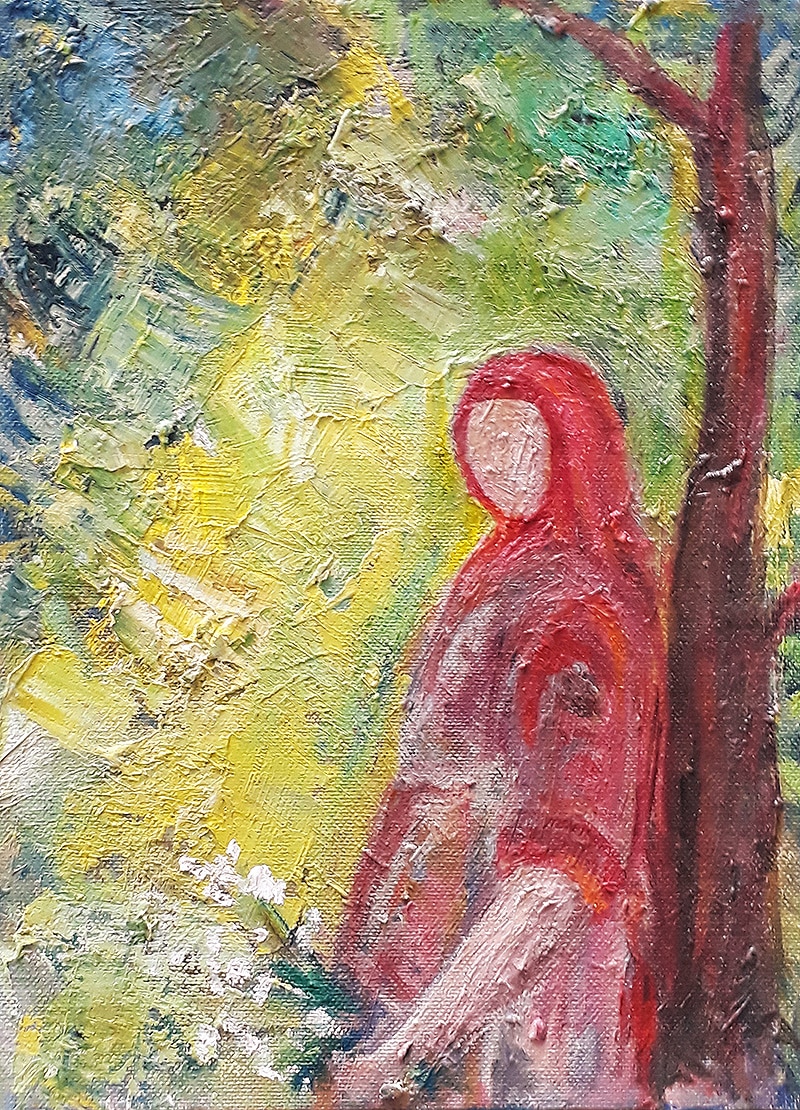
Through her vibrant colors and emotive imagery, Ednah symbolizes the possibility of healing and unity, encouraging a vision where differences can be embraced rather than feared. Each brushstroke conveys her belief in the power of art as a catalyst for peace, fostering connections that can bridge divides.
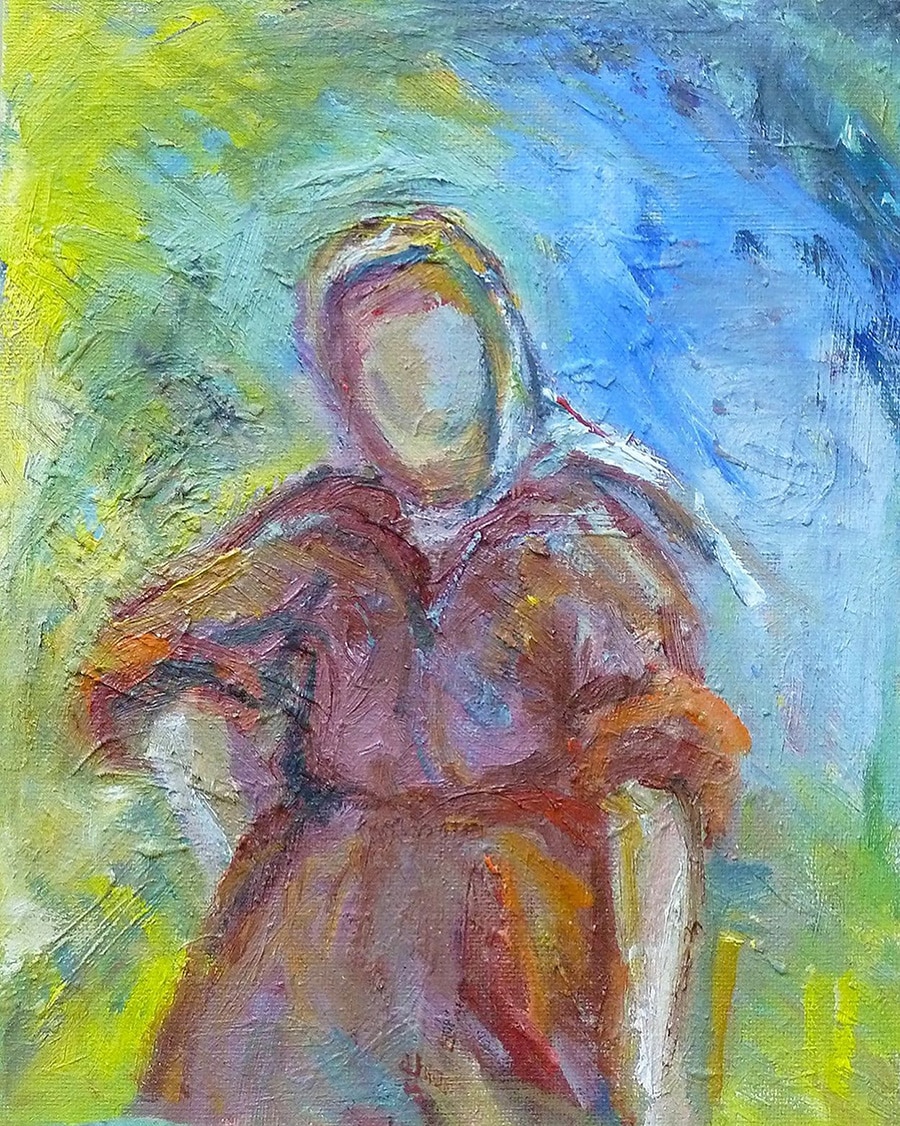
In a world where conflict often overshadows common ground, Ednah’s art stands as a testament to the enduring hope for a peaceful coexistence between Israelis, Palestinians, and Lebanese peoples.
The Realities Of Living With War
Ednah’s art poignantly addresses the harsh realities of living with war in Israel, capturing the profound human toll that conflict exacts on individuals and communities. Through her powerful imagery and emotive compositions, she reflects the complexities of life in a region marked by persistent violence and instability. Ednah’s work often portrays the emotional scars left by war, delving into themes of loss, fear, and resilience.
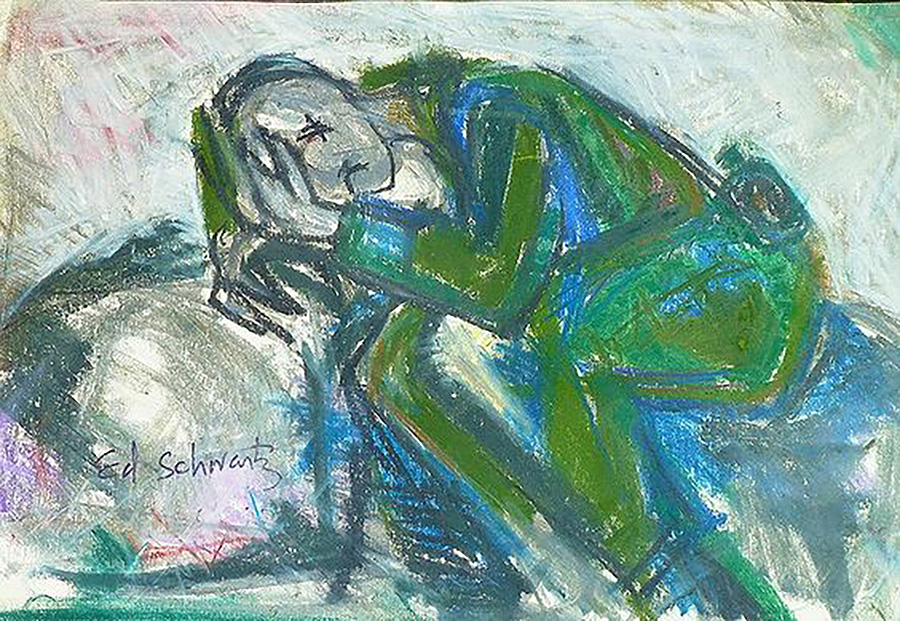
In her paintings, she juxtaposes the everyday experiences of people against the backdrop of turmoil, illustrating how the specter of conflict permeates daily life. Her use of color and texture evokes a visceral response, drawing viewers into the emotional landscape of those affected by violence.
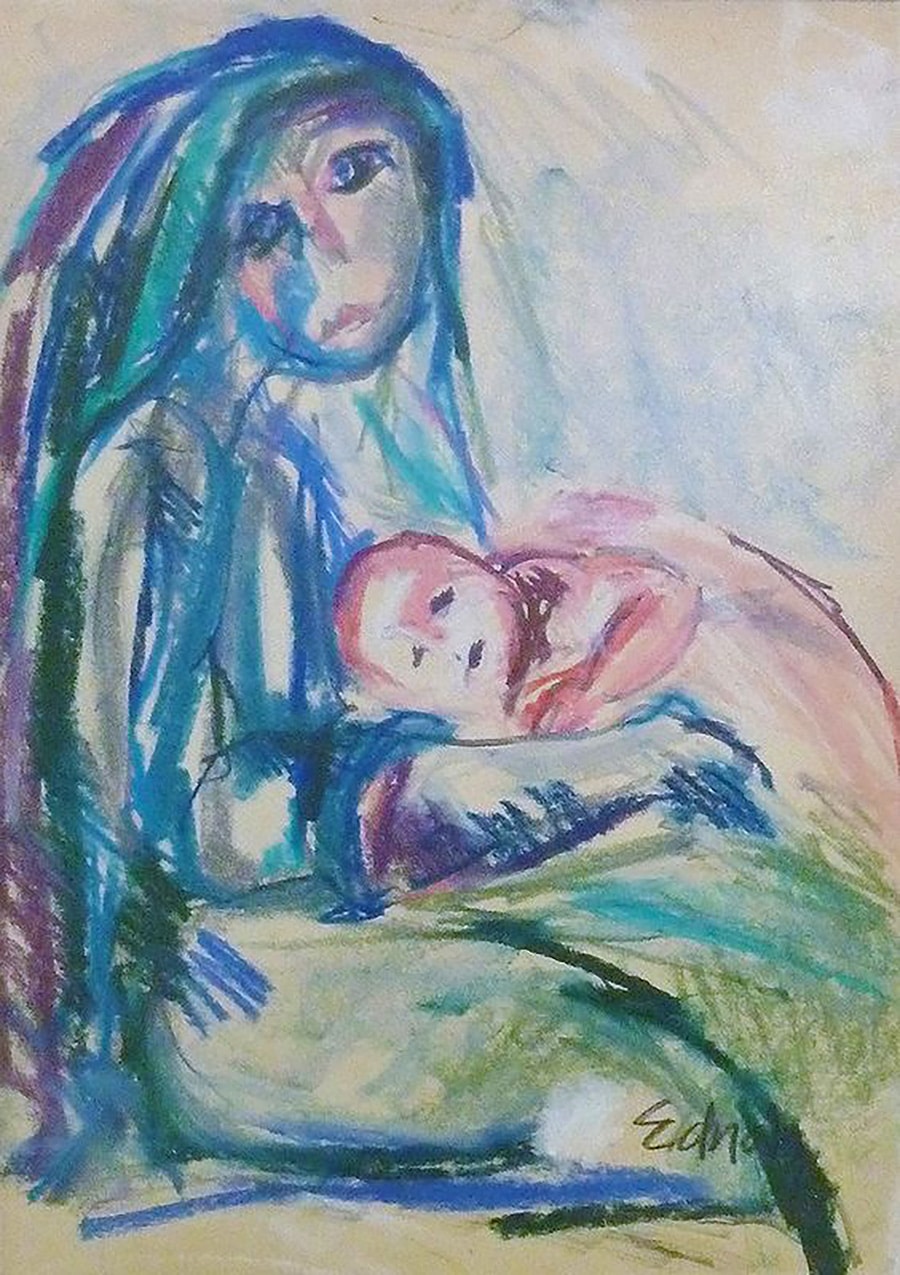
Ednah’s art serves as a vehicle for empathy, encouraging a deeper understanding of the struggles faced by both individuals and families who live in the shadow of war.
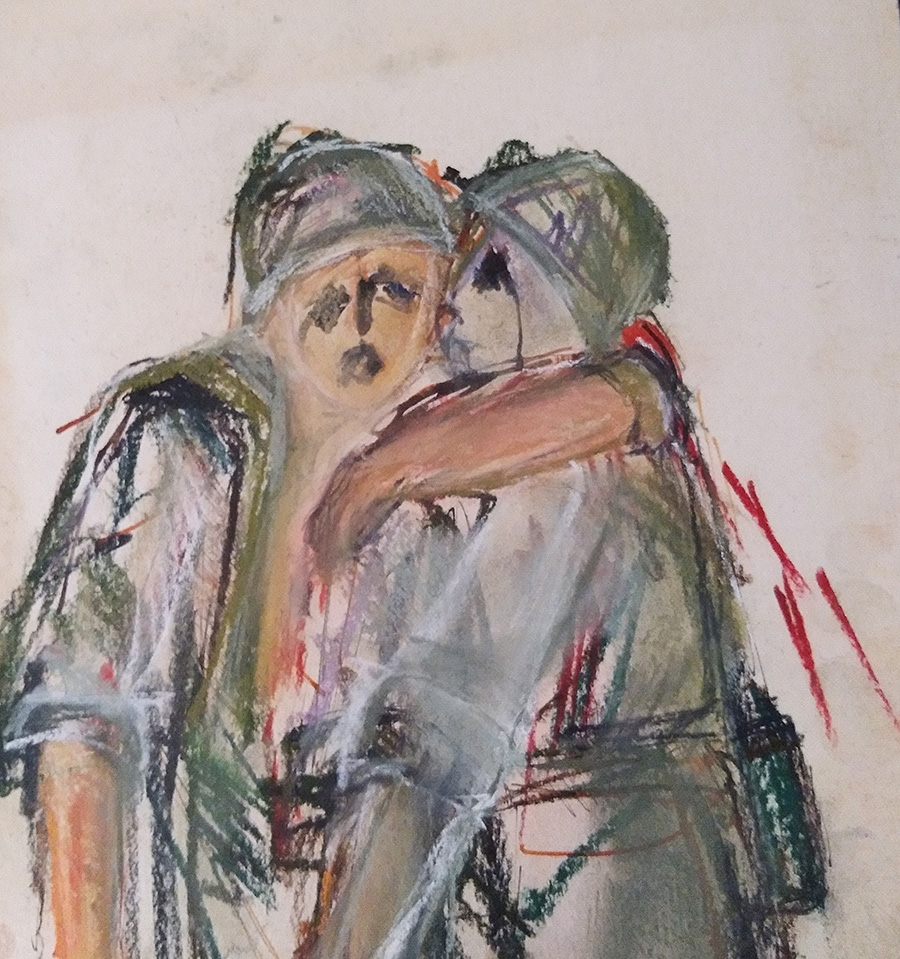
Furthermore, Ednah emphasizes the shared humanity that persists despite the challenges of conflict. By highlighting personal stories and experiences, she invites viewers to recognize the universality of pain and the desire for peace. Her work not only sheds light on the devastating effects of war but also calls for healing and reconciliation, making a compelling statement about the importance of compassion and understanding in a fractured world.

Through her artistry, Ednah becomes a voice for those whose stories are often overlooked, reminding us all of the enduring impact of war on the human spirit.
The Holocaust and WW2 art
In addition to her focus on contemporary conflicts, Ednah art also grapples with the haunting memories of the Holocaust and the broader context of World War II. Through evocative imagery and symbolic representation, she explores themes of suffering, survival, and the profound impact of trauma on individuals and communities.
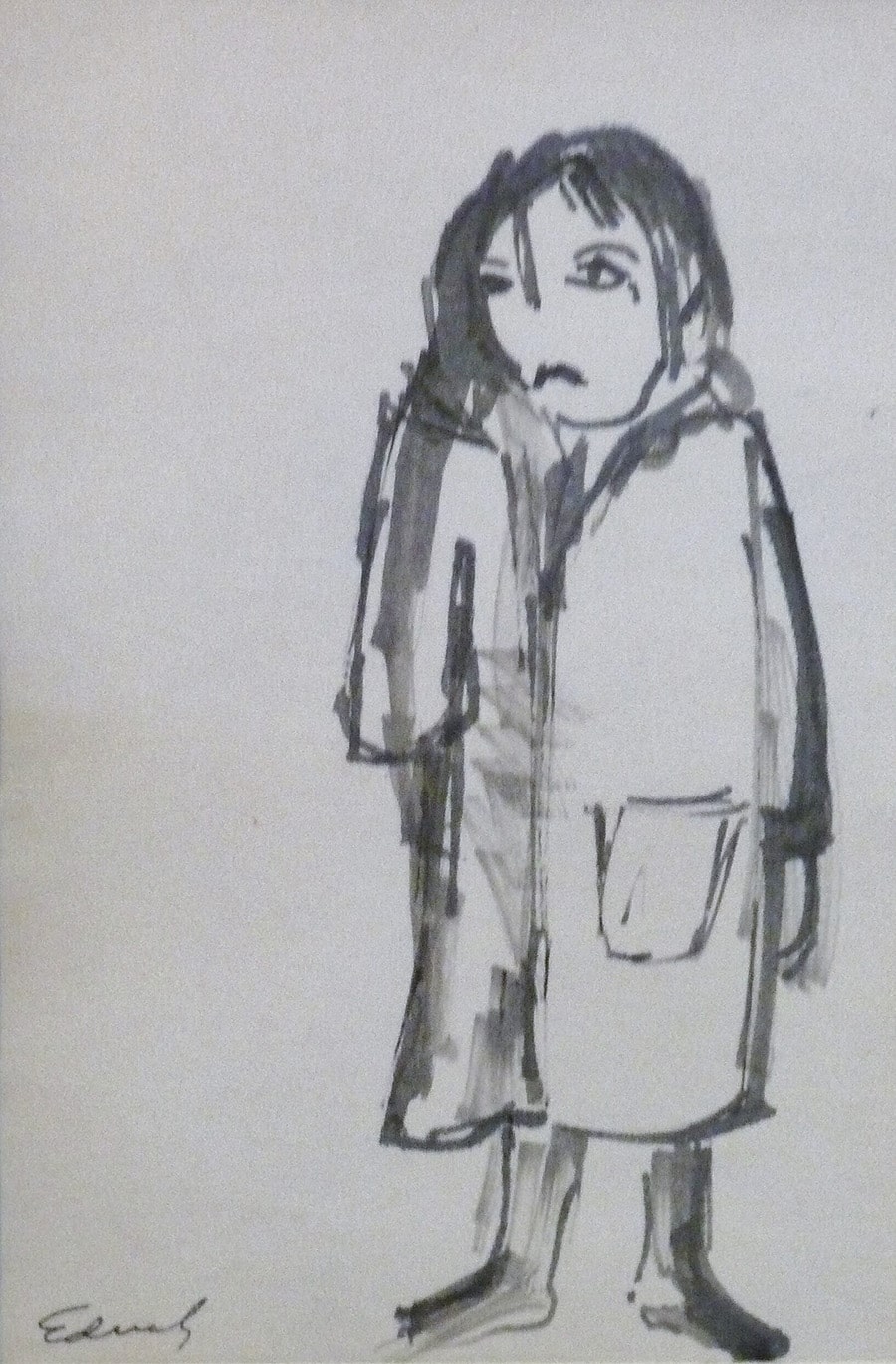
Her works serve as poignant reminders of the atrocities of the past, highlighting the importance of remembrance and the need to learn from history. It also celebrates the fighting spirit of those who stood up to the hate.

By connecting the experiences of those affected by the Holocaust to contemporary struggles, Ednah’s art reinforces the idea that the echoes of history continue to shape the present, urging viewers to confront the legacies of violence and oppression with compassion and understanding.